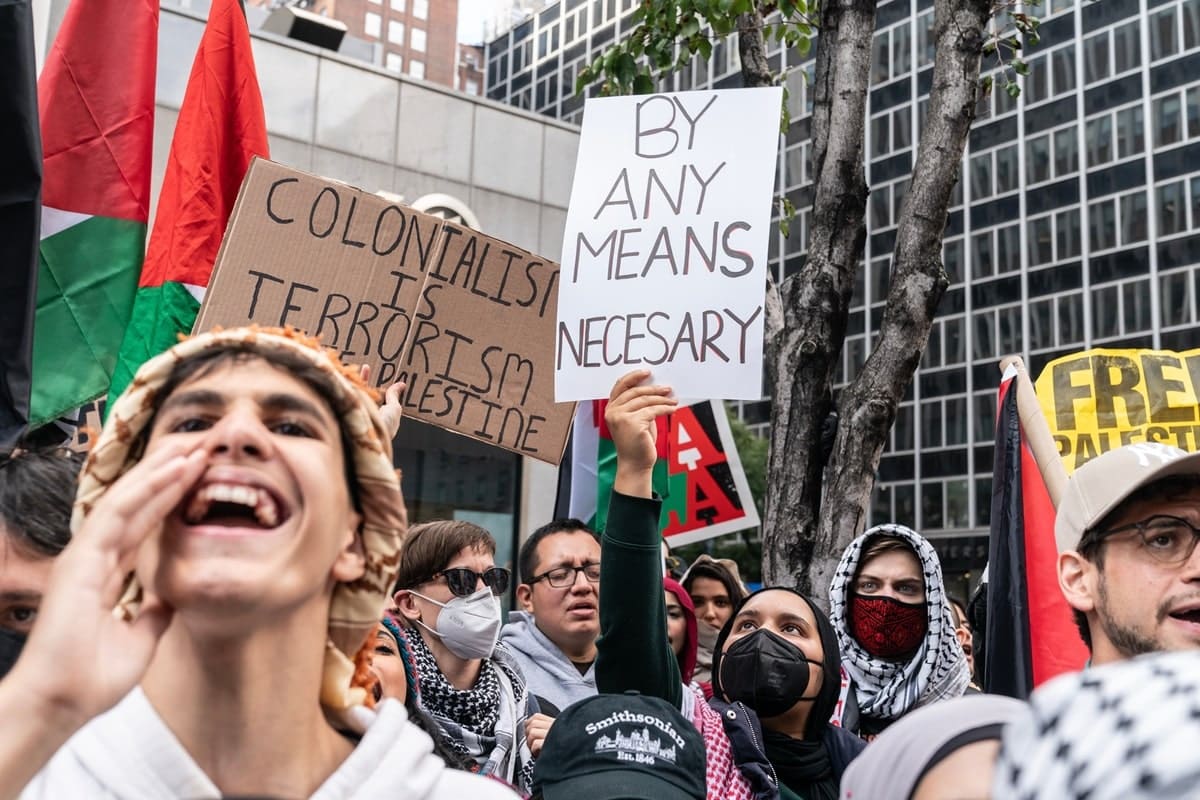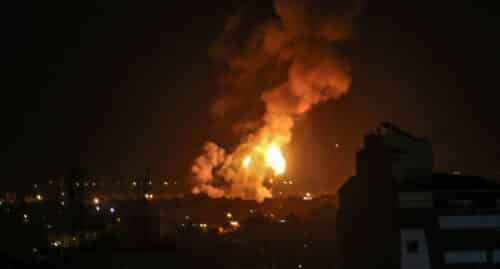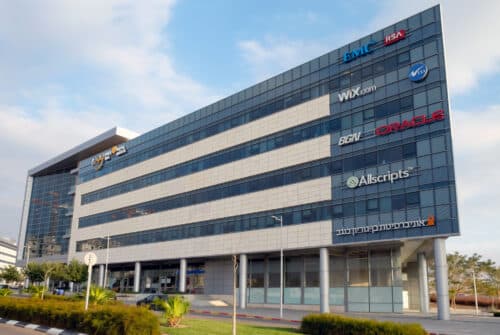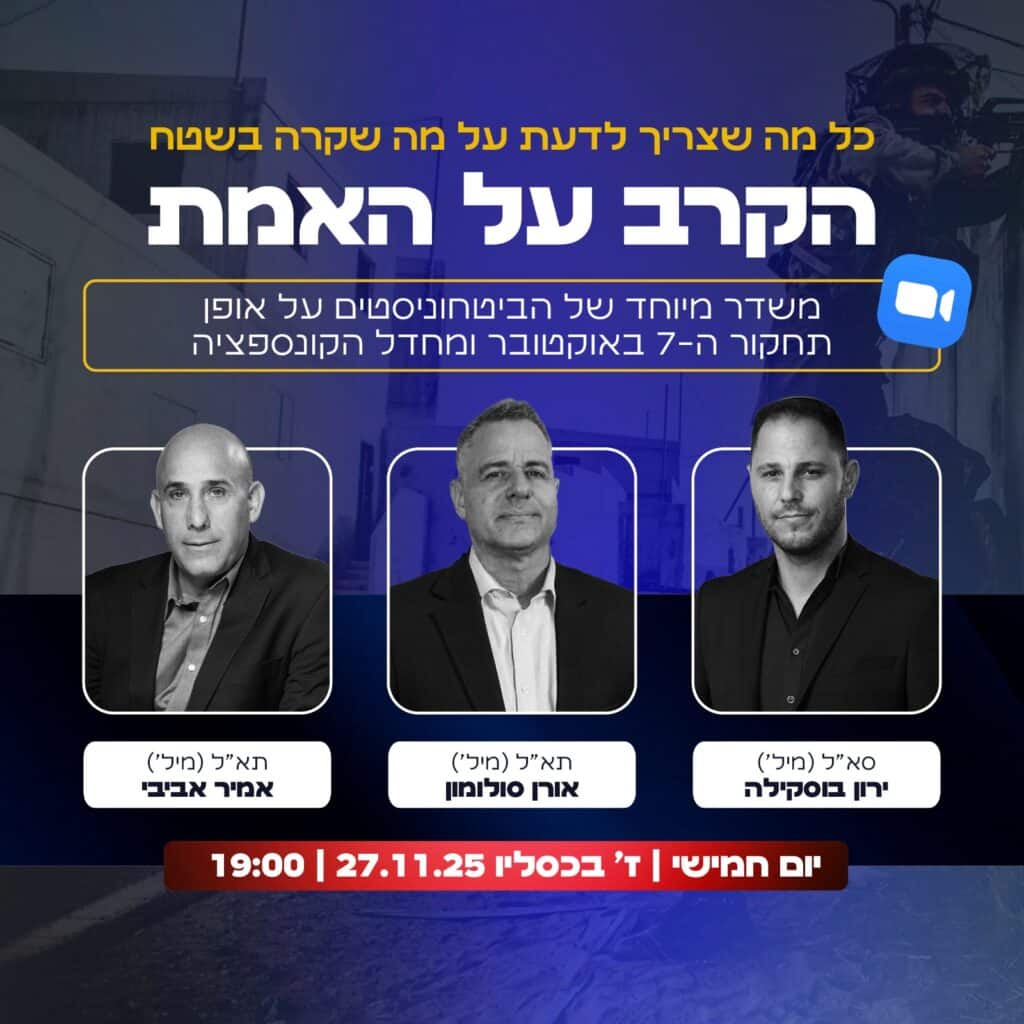
The so-called “non-violent protest” has become a feature of public life all over the world, including Israel. Almost regularly, large scale protests take place in Tel-Aviv, at the Knesset and the Supreme Court, at the homes of governmental ministers, particularly of the Prime Minister on Gaza Road in Jerusalem. Mass protests happen in such far-off locations as London, Toronto, Columbia University on Morningside Heights, New York, Dearborn, Michigan, and The Golden Gate Bridge in San Francisco. Usually, they do not happen spontaneous but are organized by individuals and groups that seek to promote a specific political issue or cause. Such demonstrations disrupt public order and have a strong visual impact in the media. The cumulative effect of continuous demonstrations can be formidable. The reason given for the demonstrations may not be the real one, and different causes (and targets) may be chosen opportunistically.
Writing about the demonstrations against the war in Vietnam during the late 1960s and early 1970s, Henry Kissinger observed that “when the issue is gone, another will take its place. For the [the protesters] are fighting the establishment position as much as a given problem.” One should ask who pays for the signs? What are their messages? What is the content of the media coverage and who pays for the coffee? For example, Kissinger related that the message on the sign of an anti-war protester was: “Lose in Vietnam, bring the boys home.” This is a clear message of defeatism.
Mass demonstrations may include some forms of civil disobedience and evoke thoughts of a noble cause, worthy of personal sacrifice: being roughed up by the police, arrested, and a few days in the slammer. Participating in a mass demonstration offers a special experience for many ordinary individuals, who would otherwise be leading dull lives. Observing the student unrest during the 1960s, George F. Kennan noted that the protesters were certain of their own rectitude and “the iniquity of those who disagree.”
The mass “non-violent” demonstration, combined with various forms of civil disobedience, originated in the American civil rights movement. African-Americans demanded their civil rights by challenging the laws of segregation which had prevailed in the American South. The methods of the civil rights movement were effective and could easily be copied in order to promote other causes. Sterling Tucker, a civil rights organizer and the respected director of the National Urban League in Washington, warned in a speech of June 17, 1967 that “the tools of protest and demonstration are being prostituted and otherwise frighteningly, dangerously misused in a growing degree.” He then described the type of people using protests and demonstrations “not as tools but as a lethal weapon…. Others are using these important tools of change as therapeutic devices to release their anger and hostility…. Such people are the most dangerous of all. For their actions are skillfully but maliciously calculated. They deliberately use as pawns the people and causes they claim to lead …. They are “the demagogs of hate” and “prostitutes of human misery.” [As quoted by Eugene H. Methvin, The Riot Makers (1971).]
There is a clear line between a non-violent protest and urban warfare. When large crowds gather, there is the implicit danger that a “nonviolent” protest can morph into something unpredictable and ugly. What happens abroad is beyond our control. At the very least, we should make sure that non-violent protests in Israel respect the law and that the next victory of our people will be to keep the peace at home.
The article was originally published on ynetnews
The views expressed in this article are those of the author and do not necessarily represent the views of the movement





